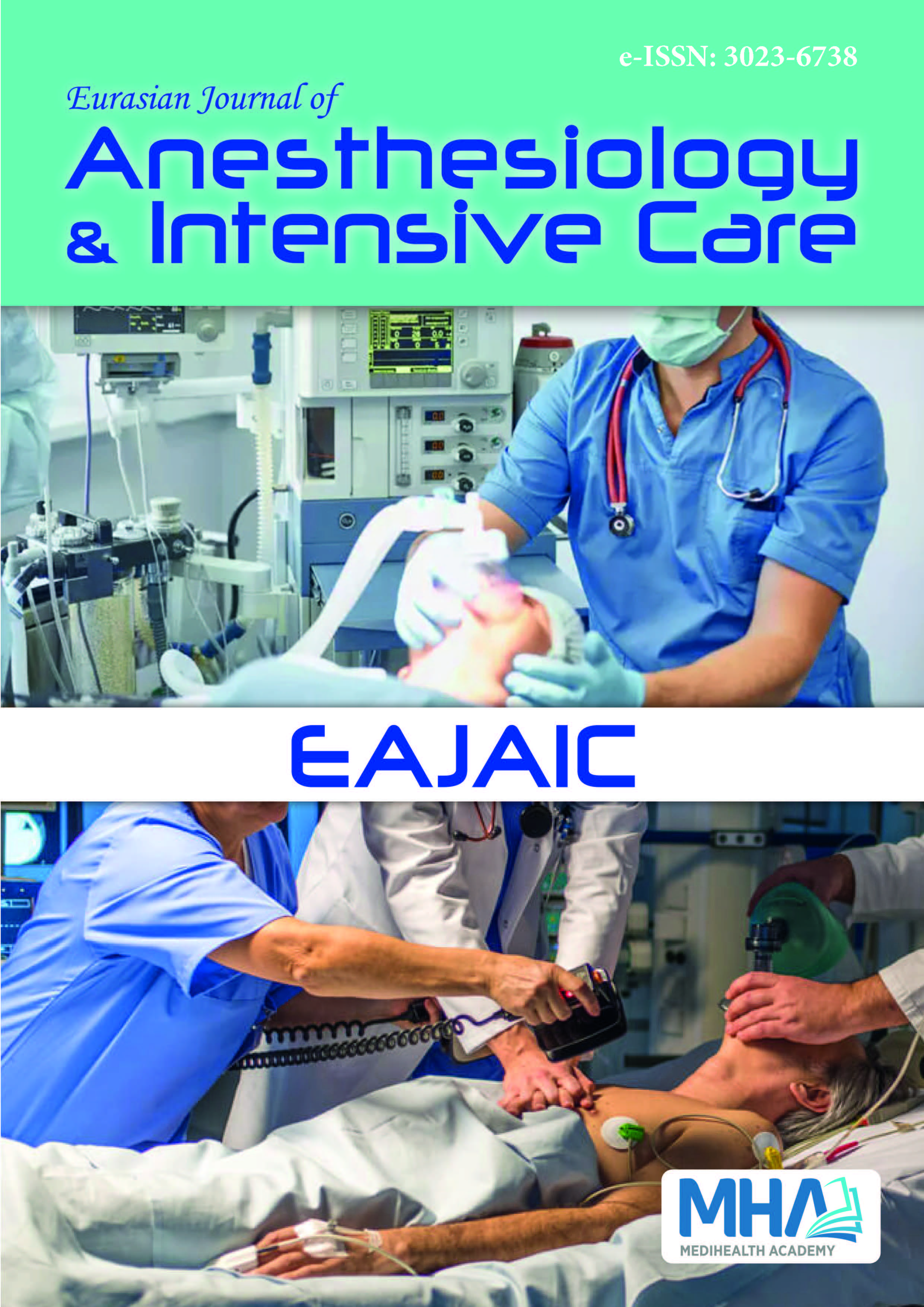1. Zgoda M, Berger R. Tracheostomy in the critically ill patient: who,when and how? a review. Clin Pulm Med. 2006;13(2):111-120.
2. Raimondi N, Vial MR, Calleja J, et al. Evidence-based guidelines for theuse of tracheostomy in critically ill patients. J Crit Care. 2017;38:304-318.
3. Krishnan K, Elliot SC, Mallick A. The current practice of tracheostomy inthe United Kingdom: a postal survey. Anaesthesia. 2005;60(4):360-364.
4. Griggs WM, Worthley LI, Gilligan JE, Thomas PD, Myburg JA. Asimple percutaneous tracheostomy technique. Surg Gynecol Obstet.1990;170(6):543-545.
5. Ambesh SP, Pandey CK, Srivastava S, Agarwal A, Singh DK.Percutaneous tracheostomy with single dilatation technique: aprospective, randomized comparison of ciaglia blue rhino versus griggsguidewire dilating forceps. Anesth Analg. 2002;95(6):1739-1745.
6. An˜on JM. Percutaneous tracheostomy: ciaglia blue rhino versus griggs’guide wire dilating forceps. A prospective randomized trial. ActaAnaesthesiol Scand. 2004;48(4):451-456.
7. Kumar M, Trikha A, Chandralekha. Percutaneous dilatationaltracheostomy: griggs guide wire dilating forceps technique versusultra-perc single-stage dilator-a prospective randomized study. IndianJ Crit Care Med. 2012;16(2):87-92.
8. Karvandian K, Yousefian M, Khan ZH, Baigmohammadi T, Shabani S.Comparative clinical trial between ciaglia and griggs techniques duringtracheostomy performed in patients admitted to intensive care unit.Acta Med Iran. 2012;50(8):525-529.
9. Kaiser E, Cantais E, Goutorbe P, Salinier L, Palmier B. Prospectiverandomized comparison of progressive dilational vs forceps dilationalpercutaneous tracheostomy. Anaesth Intensive Care. 2006;34(1):51-54.
10. Sanabria A. Which percutaneous tracheostomy method is better? Asystematic review. Respir Care. 2014;59(11):1660-1670.
11. Cabrini L, Landoni G, Greco M, et al. Single dilator vs. guide wiredilating forceps tracheostomy: a meta-analysis of randomised trials.Acta Anaesthesiol Scand. 2014;58(2):135-142.
12. Gucyetmez B, Atalan HK, Cakar N, Turkish Tracheotomy SurveyGroup. Elective tracheotomy practices in Turkey. PLoS One.2016;11(11):e0166097.
13. Kluge S, Baumann HJ, Maier C, et al. Tracheostomy in the intensivecare unit: a nationwide survey. Anesth Analg. 2008;107(5):1639-1643.
14. Plummer AL, Gracey DR. Consensus conference on artificial airwaysin patients receiving mechanical ventilation. Chest. 1989;96(1):178-180.
15. Gomes Silva BN, Andriolo RB, Saconato H, Atallah AN, Valente O.Early versus late tracheostomy for critically ill patients. CochraneDatabase Syst Rev. 2012;14(3):CD007271.
16. Huang H, Li Y, Ariani F, Chen X, Lin J. Timing of tracheostomy incritically ill patients: a meta-analysis. PLoS One. 2014;9(3):e92981. doi:10.1371/journal.pone.0092981
17. Adly A, Youssef TA, El-Begermy MM, Younis HM. Timing oftracheostomy in patients with prolonged endotracheal intubation: asystematic review. Eur Arch Otorhinolaryngol. 2018;275(3):679-690.
18. Fikkers BG, van Veen JA, Kooloos JG, et al. Emphysema andpneumothorax after percutaneous tracheostomy. Chest. 2004;125(5):1805-1814.
19. Tobler Jr WD, Mella JR, Ng J, Selvam A, Burke PA, Agarwal S. Chestx-ray after tracheostomy is not necessary unless clinically indicated.World J Surg. 2012;36(2):266-269.
20. Klemm E, Nowak AK. Tracheotomy-related deaths-a systematic review.Dtsch Arztebl Int. 2017;114(16):273-279.
21. Ernst A, Silvestri GA, Johnstone D. Interventional pulmonaryprocedures: guidelines from the American college of chest physicians.Chest. 2003;123(5):1693-1717.
22. Bolliger CT, Mathur PN, Beamis JF, et al. ERS/ATS statement oninterventional pulmonology. European Respiratory Society/AmericanThoracic Society. Eur Respir J. 2002;19(2):356-373.
23. Nates JL, Cooper DJ, Myles PS, Scheinkestel CD, Tuxen DV. Percutaneoustracheostomy in critically ill patients: a prospective, randomizedcomparison of two techniques. Crit Care Med. 2000;28(11):3734-3739.

